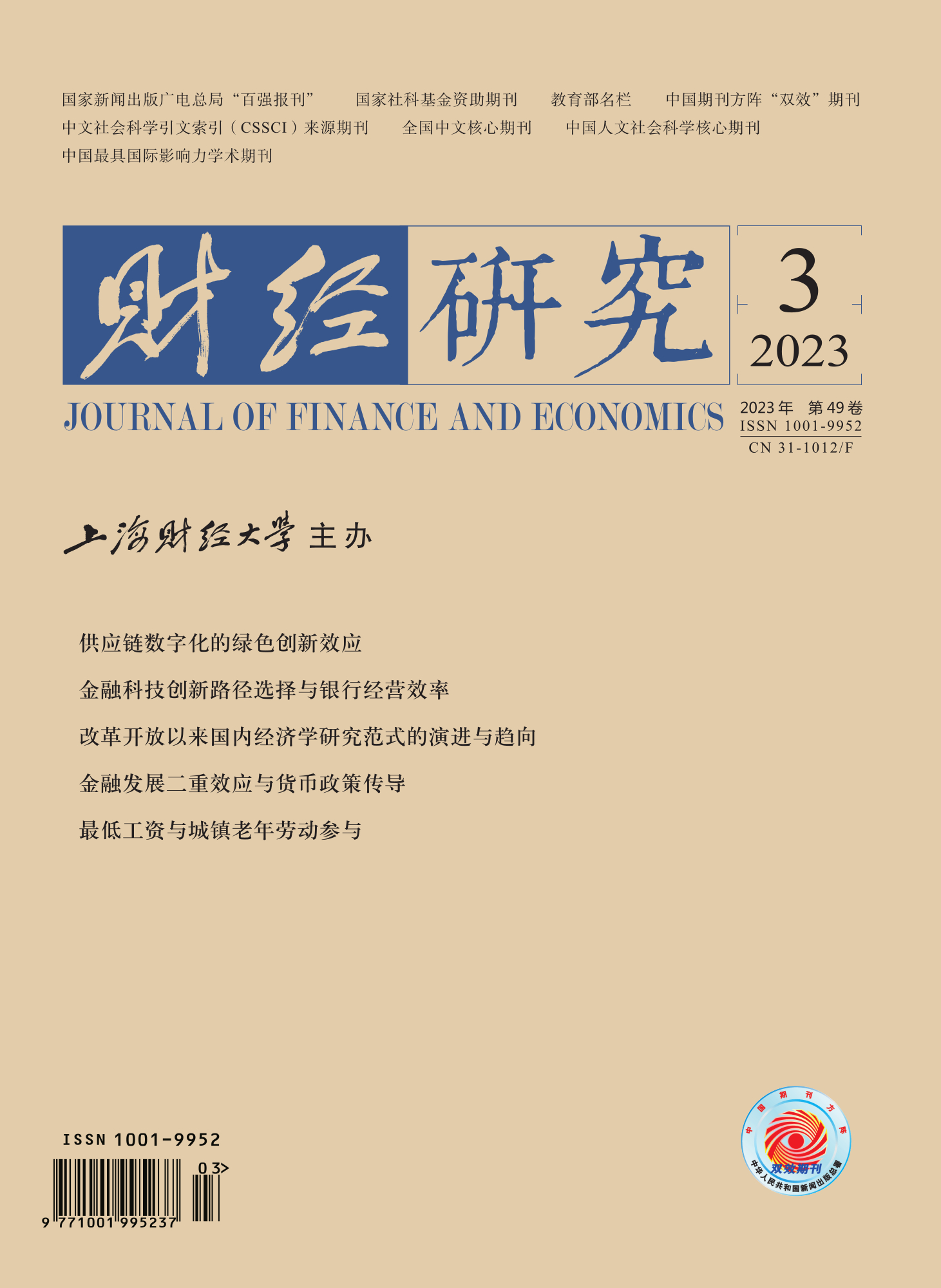With the prolongation of life expectancy and the decline of birth rate, the problem of population aging in China has become increasingly prominent. On the one hand, the proportion of the working-age population continues to decline; as China’s statutory retirement age is relatively early, the labor participation rate of the elderly is also relatively low, which may lead to insufficient labor supply. On the other hand, China’s public pension expenditure is under great pressure. In order to cope with the challenges brought about by population aging, China has proposed “a national strategy in response to population aging”.
Under the background of population aging, it is of great significance to explore the labor supply of the young elderly in urban China. There is a lot of literature on the labor supply of the elderly, but little analyzes from the perspective of minimum wage. Minimum wage is a crucial tool for the government to intervene in the labor market. With the increase of minimum wage, the labor participation of the elderly may change. Based on the urban household survey data and the minimum wage data at the county level, we analyze the impact of minimum wage on the labor supply of the urban elderly using a two-way fixed effect model and the “Stacked DID” method. The results show that: With an increase of 10% in minimum wage, the labor participation rate of the urban elderly aged 56 to 70 increases by 1.44 percentage points. From the perspective of heterogeneity, the increase in minimum wage mainly affects the male elderly, the elderly with low-skill and low-property income, and the elderly from eastern and central regions, but has no significant impact on the female elderly, the elderly with high-skill and high-property income, and the elderly from western regions. Minimum wage significantly increases the probability of the elderly entering formal sectors and re-employment after retirement, and reduces the probability of retirement, but has no significant impact on informal sector employment. The increase in minimum wage also significantly increases the wage of the elderly.
This paper provides some certain reference for actively responding to population aging and improving the welfare level of the elderly from the perspective of labor market intervention policy. Based on the above conclusions, this paper believes that: Raising minimum wage will help to activate the elderly labor resources, improve the employment scale and welfare level of the elderly, especially the low-skilled elderly, and alleviate the problems such as the disappearance of population dividend caused by population aging; giving full play to the regulatory role of relevant government departments and improving the implementation of minimum wage will help to strengthen the employment protection of the elderly labor market and ensure the welfare of the low-income elderly; the improvement of the public service platform for the elderly employment, the establishment of the elderly human resource service system, and the provision of relevant employment services for the elderly will help to improve the skill and employability of the elderly and better play the regulatory role of minimum wage.





 6209
6209  6121
6121

